How To Care for Dumb Cane Plant
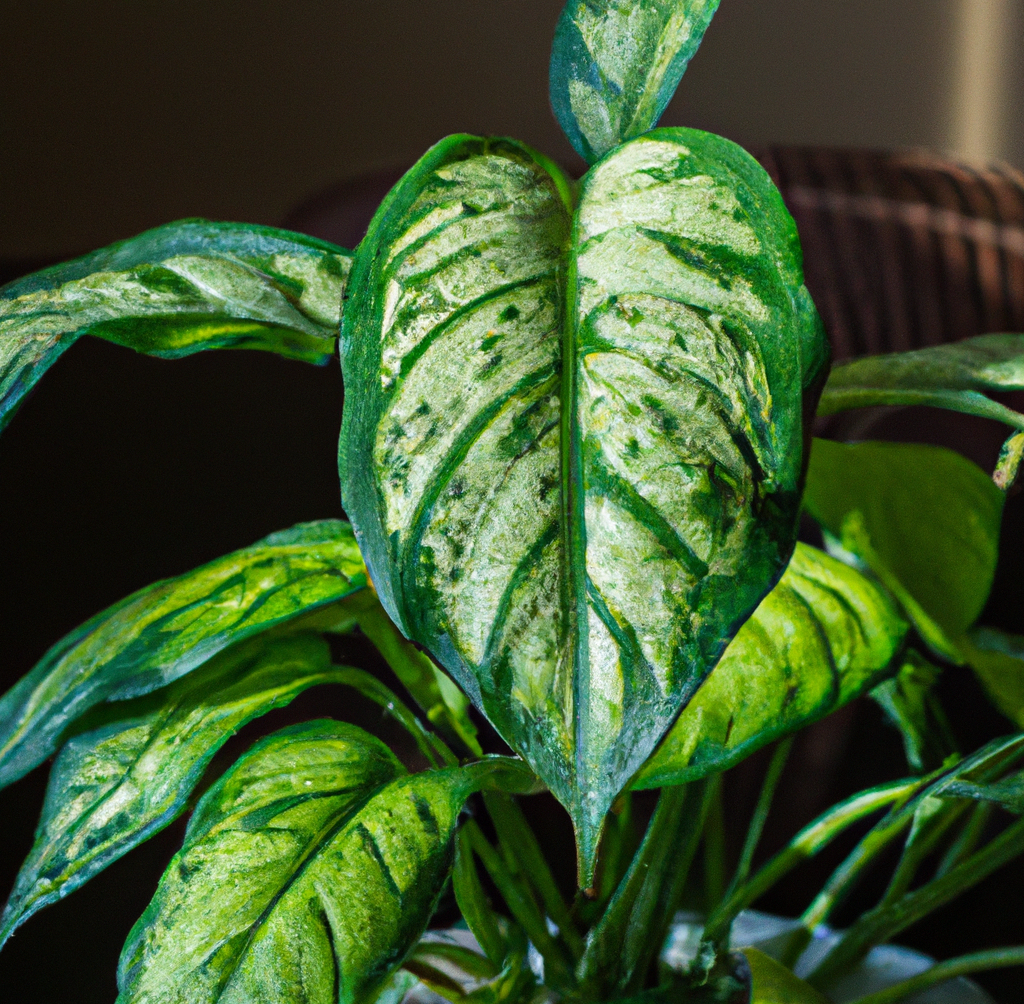
Ever wanted to know how to care for Dumb Cane plant indoors? Here's everything you need to know.
Warning: The dumb cane plant is highly toxic to humans and pets. If you plan on having one in your house, put it in a place that will not cause any harm. With the proper safety precautions, growing a dumb cane plant at home shouldn't be an issue.
Quick Facts
| Botanical Name | Dieffenbachia spp. |
|---|---|
| Common Name | Dumb cane, dieffenbachia |
| Family | Araceae |
| Native Home | Caribbean, South America |
| Plant Type | Herbaceous, perennial |
| Average Height | 3 to 5 ft. indoors, up to 10 ft. outdoors |
| Average Width | 2 to 3 ft. spread |
| Zone | 10 - 12 |
Don't Have Time To Read The Full Article? Here's everything you need to know to take care of the Dumb Cane Plant.
- Light: Bright, indirect sunlight
- Water: Once a week, on average
- Soil: Easily drained potting soil, don't let it get too wet
- Fertilizer: Weak, diluted fertilizer every few weeks
- Pests: Spider mites, mealy bugs, aphids
- Toxicity: Yes! Do not ingest the sap under any circumstance, wash hands after handling
Table of Contents
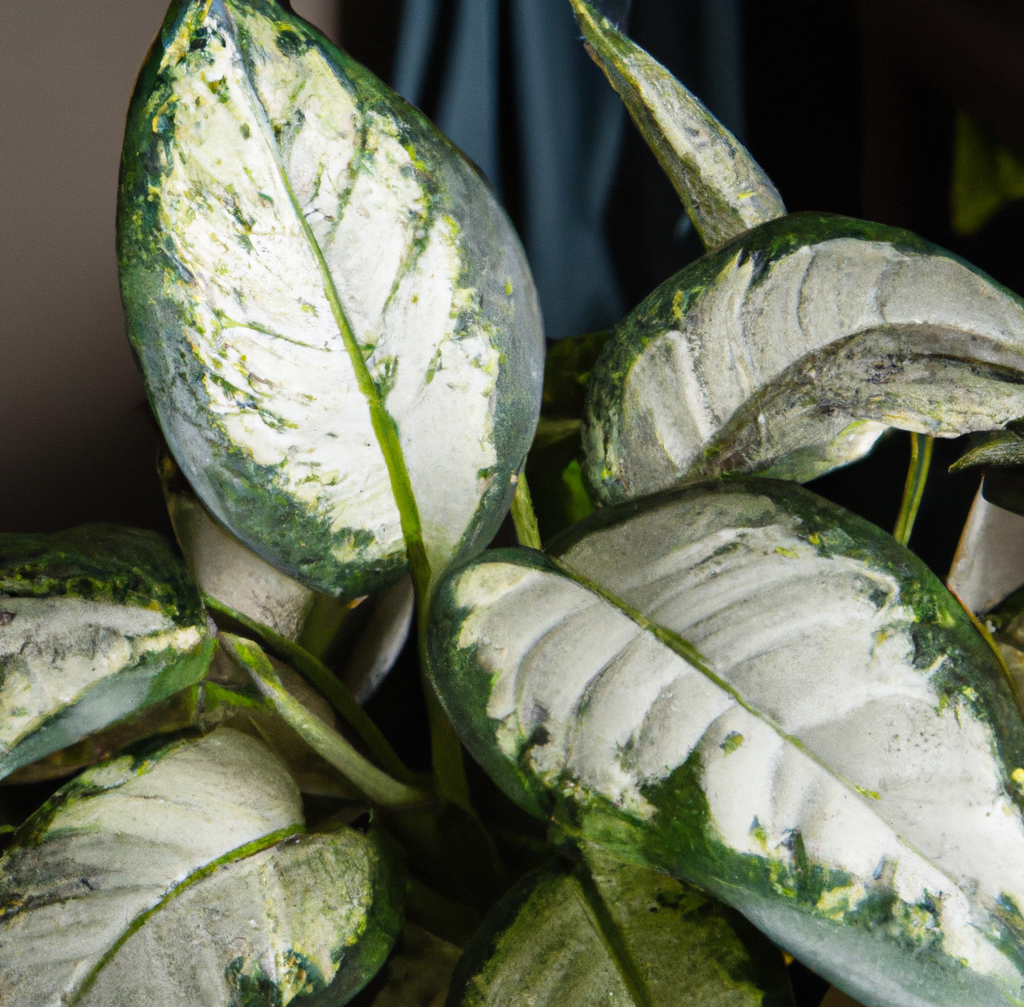
How To Care For A Dumb Cane Plant: The Ultimate Guide
The dumb cane plant (also known as the dieffenbachia plant) is another good-looking, low-maintenance indoor house plant that you can add to any room for a bit of style. It's a pretty recognizable plant (although most people don't know it by name) that adds a nice dark green pop wherever it sits.
Dumb canes enjoy bright indirect sunlight, with a properly drained potting mix.
Avoid overwatering your dumb cane, but do pay attention to the humidity where it rests. This particular plant is a tropical plant that does well in higher humidity environments.
During the winter, we advise misting the plant to keep it from drying out. There's also a trick you can do with the plant's pot that will help with the humidity (more on that below).
Is the Dumb Cane Plant a good indoor plant?
The dumb cane plant is an awesome indoor plant because of the unique aesthetic it provides any space you put it in. We love the vibrant green, wide leaves this plant has that are somewhat uncommon among indoor house plants.
As we said above, the dumb cane plant is super toxic so avoid keeping this near any pets or young children, and do not ingest it yourself in any way. The reason this plant is called the "dumb" cane is that people who ingested it "became dumb" because the plant is so toxic it would burn their mouth, tongue, and throat leaving them unable to speak.
This is why you'll see dumb canes referred to as dieffenbachia plants. Some people find the original name a bit offensive as it is uses the word "dumb."
Because of the toxicity, we can't necessarily say it's one of the best indoor house plants but with a little caution, you shouldn't have any problems.
Dumb Cane Care Guide
Light
The dumb cane plant prefers bright indirect sunlight (as is the case with most indoor plants), especially during the winter season. Avoid direct sunlight because the leaves will burn.
Otherwise, they do well in places with partial shade. If you leave them in pure shade without any light, the plant will grow abnormally so it's something to consider.
Indirect light is the way to go. Too much light and you'll get problems.
Soil
As always, avoid letting the potting soil get too wet and soggy. You don't want any chance of letting the roots rot. It likes moist soil rather than super dry or super wet. It can tolerate missed waterings (as we'll explain below) but if the soil stays moist for a week, the plant will stay happy. Get yourself an easily drained potting soil that stays moist and you should be fine.
Water
Plan to water about once a week on average, depending on the soil. Aim to water when the top inch or two of soil is dry.
We kind of mentioned this in the soil section but you want to water enough to keep the soil moist but not super wet. The dumb cane sits directly in-between loving water and drying out. Its thin roots aren't going to retain too much moisture but they also can't be swimming.
Here are a few red flags to watch out for when it comes to watering your dumb cane.
Overwatering
Root rot always comes from overwatering. In fact, overwatering accounts for most of the problems with indoor plants. You can cut back amount the amount of watering during the winter months but no need to go super aggressive in the growing season.
If you find your dumb cane with yellow leaves or mushy stems, then you have overwatered. Just drain the excess soil and adjust how much you water the plant.
Underwatering
The dumb cane plant that starts drooping or hanging low is not getting enough water. Increase the water a bit especially if it's getting hot out or the air is dry.
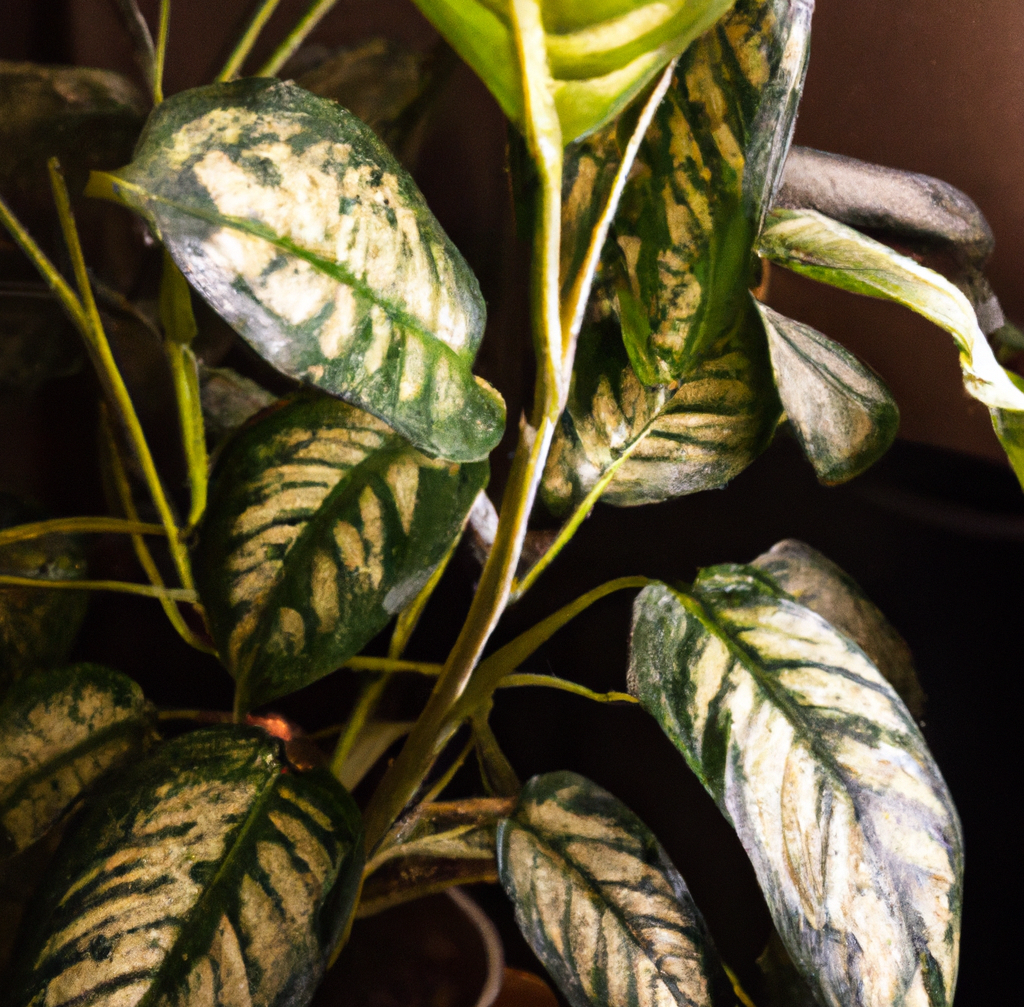
Temperature
65 to 80 degrees Fahrenheit (basically room temperature).
Avoid letting the plant get much colder than 60 degrees Fahrenheit in addition to cold drafts. The leaves will quickly fall off the plant if that is the case.
Upper 70s is somewhat pushing it as far as heat goes, so aim for 75 degrees Fahrenheit or less.
Humidity
The dumb cane plant loves humid environments. It's best to put it in a place with high humidity. If you can't do that, consider using a pebble tray or regular misting.
Fertilizer
We suggest using a weak diluted fertilizer every few weeks for your dumb cane plant. During spring and summer, that means once every two weeks to a month, mix a liquid balanced fertilizer with the water you use to water the plant.
Repotting
Expect to repot your dumb cane plant once per year. Here are some red flags that you need to repot:
- Roots jutting out from the surface
- Crowding
- Leaves that are falling
Repotting is pretty simple. Just lift out the whole plant, get rid of the old soil and other dead debris from the roots, and put the plant into a larger container with new soil. Give it some time to adjust to its new home.
Remember! This plant has toxic sap so it's best to wear gloves during the repotting. Make sure you wash your hands after.
Pruning/Cleaning
You can remove brown, yellow, or dead leaves from the plant at any time, cutting right down to the stem. If the tips are brown, feel free to prune those as well following the natural shape of the leaves.
Pruning new growth at the top of the dumb cane will keep it from growing leggy. Removing the top growth will make the plant grow more compact and bushier. If the plant is already leggy, you can top the plant and cut it back to the stem which will encourage new leaves to grow just below the cut.
If you do top the stem and plan on propagation, then keep the stem (will explain more later). Again, be sure to take the necessary caution when handling the dumb cane plant.
Pests/Diseases
The most common pests for dumb cane plants are spider mites, mealy bugs and aphids (with spider mites being most common indoors). These pests suck the sap out of the plant. You can get rid of most of these by wiping the plant with a cloth wetted in rubbing alcohol.
Toxicity: Is the Dumb Cane Plant Poisonous?
Yes! The dumb cane plant is poisonous. Do not ingest this plant, wash your hands after handling it, and keep it away from small children and animals.
If you ingest the plant you can suffer from burns on your mouth, tongue or throat.
Maintenance
Excluding the dangers of ingesting the plant's sap, taking care of a dumb cane plant is pretty easy. Follow the recommended watering schedule and repot once a year. If the plant seems like it's drying out, check the humidity levels and mist it every now and then.
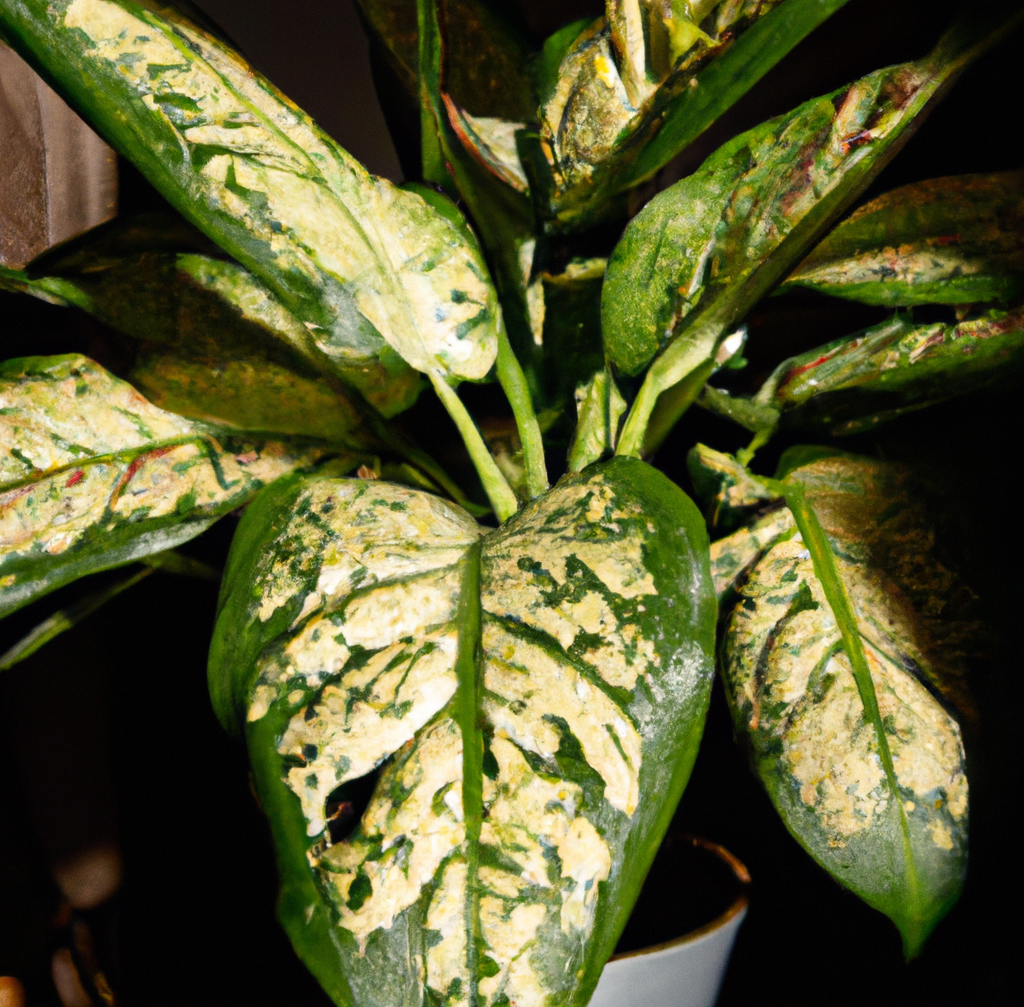
FAQs
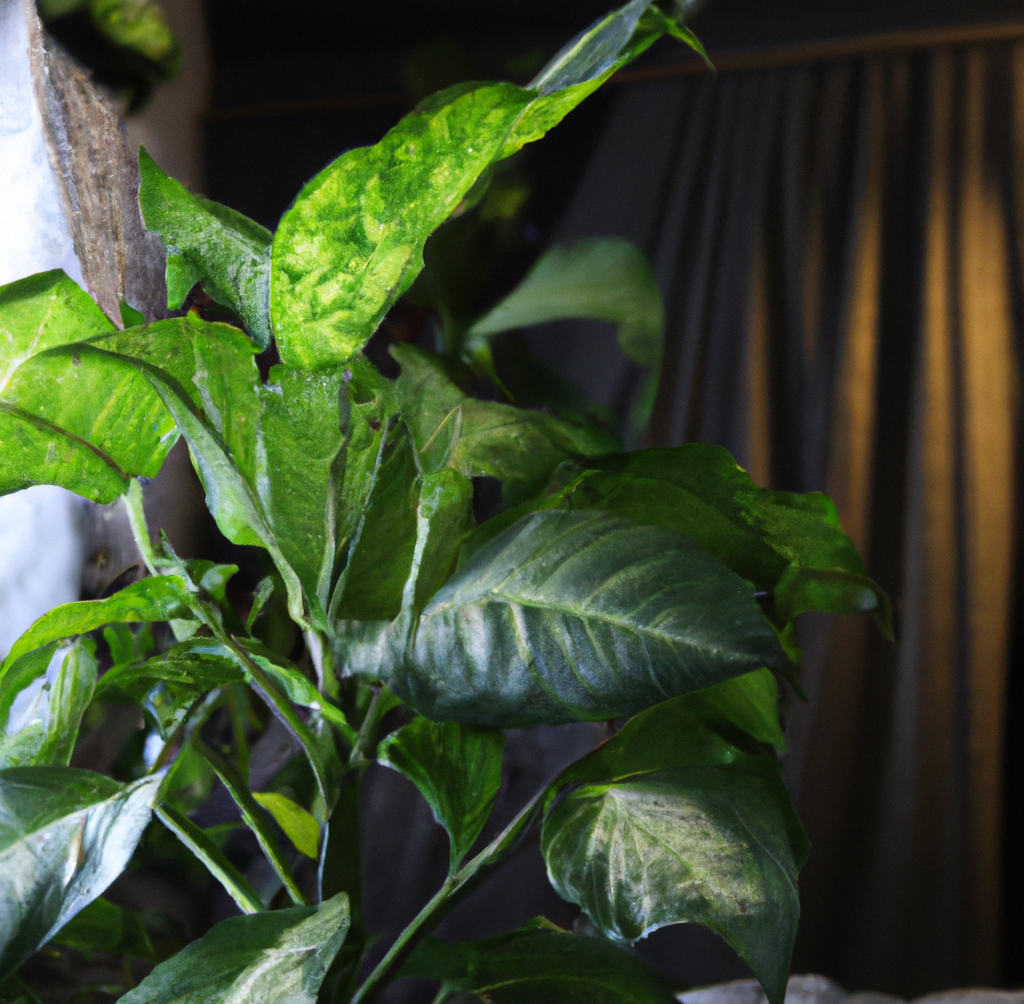
Thanks for stopping by! We here are Sweet New Earth think anyone here looking to get into gardening and planting should consider making their first tree dumb cane plant. Watch out for the sap, and you should be good to go.
Join our community!
Join to receive guides, insights, and the latest gardening deals!
